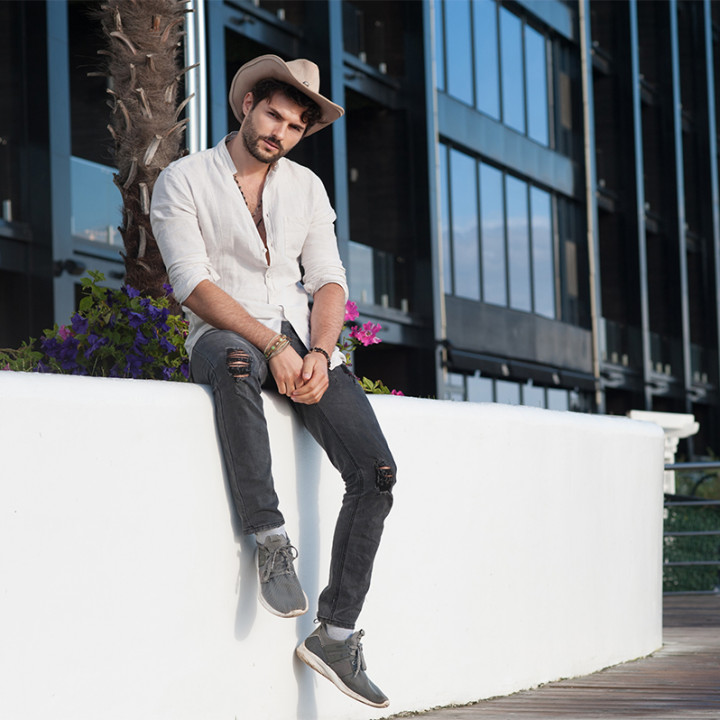
Mastering the Art of Layering: A Guide for Every Season
Layering is more than just a way to keep warm; it’s an art that can elevate your style game throughout the year. Whether you’re preparing for the brisk days of fall, the chilly winter months, or the cool evenings of spring, mastering the art of layering allows you to combine functionality with fashion. Here’s a guide on how to effectively layer your clothing to create versatile looks suitable for any occasion.
1. Understanding the Basics of Layering
The key to successful layering lies in three fundamental layers: the base layer, the middle layer, and the outer layer.
- Base Layer: This layer sits closest to your skin and is primarily responsible for moisture management. Opt for materials like cotton or moisture-wicking fabrics that keep you comfortable. T-shirts, fitted long-sleeves, or thermal tops are great choices.
- Middle Layer: This layer provides insulation and helps retain body heat. Sweaters, cardigans, or flannel shirts work well here. Choose materials that offer warmth without adding too much bulk, such as merino wool or fleece.
- Outer Layer: The outer layer protects you from the elements, such as wind and rain. This can be a stylish jacket, a trench coat, or a heavy parka, depending on the weather. Look for options with functional features like hoods and pockets.
2. Choosing the Right Fabrics
The fabric you choose is crucial for successful layering. Lightweight materials like cotton or linen are perfect for spring and summer, allowing breathability and comfort. For fall and winter, heavier fabrics like wool or down will provide the necessary insulation. Additionally, consider blending fabrics to enhance comfort and style—mixing cotton with polyester can create a versatile, easy-care look.
3. Color Coordination and Patterns
Layering is also an opportunity to experiment with colors and patterns. Start with neutral colors for your base layer to create a versatile foundation. You can then add color and patterns with your middle and outer layers. Consider complementary shades and textures to add depth to your outfit. For example, pair a plaid shirt with a solid-colored sweater, and finish off with a stylish jacket that ties the whole look together.
4. Accessorizing Your Layers
Accessories can enhance your layered look while adding a personal touch. Scarves, hats, and gloves not only provide extra warmth but can also serve as statement pieces. A well-chosen belt can help define your waistline, especially when wearing longer outer layers. Don’t forget about footwear—boots are often a stylish choice during colder months, while sneakers can keep your look casual and comfortable.
5. Layering for Different Occasions
Understanding how to layer for various occasions can set you apart. For a casual day out, try a base layer t-shirt, a light sweater, and a denim jacket. If you’re heading to the office, opt for a button-up shirt, a fitted sweater, and a blazer for a polished look. For a night out, a sleek turtleneck under a tailored coat can elevate your style while keeping you warm.
Layering is a practical and stylish way to navigate changing seasons while showcasing your personal style. By understanding the basics of layering, selecting the right fabrics, coordinating colors, and accessorizing thoughtfully, you can create outfits that are not only functional but also fashionable. So go ahead and experiment with layering techniques to elevate your wardrobe to new heights.




